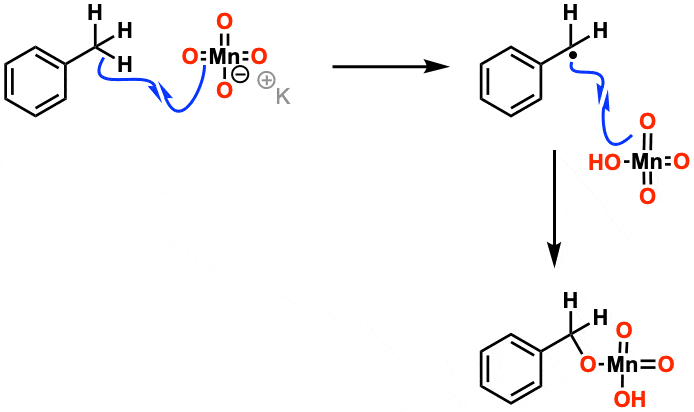
Step one should be done on a regular basis, while steps two and three should be done when necessary. That’s it! Your aluminum pontoons will look brand new and be even more resistant to oxidation and discoloration in the future. The last step for any boater worth his salt is to apply Sharkhide, a sealant and protectant that ensures you get the most out of your hard work and effort. After the polish is applied, buff it out with a second polishing ball or a clean, dry terry cloth. Guide the polishing ball down the length of the pontoon while moving the drill in a small ‘S’ pattern to blend the polish into the surface of the aluminum. Generally speaking, this will involve placing metal polish on the polishing ball, running the cordless drill clockwise at a slow speed to start, then increasing speed once the polish is absorbed. In addition to a metal polish, you’ll need a polishing ball, a standard cordless drill and a clean terry cloth.Īpplication of the metal polish should be done based on the directions on the container. Many boat owners swear by Sharkhide or Biokleen metal polishes. This step can take some time, but if done properly it will only need to be done once in a while.
#IBIZ OXIDATION FREE#
Now that your pontoons are free of discoloration, it’s time to apply metal polish. Barkeeper’s Friend (available at Wal-Mart and other major stores).Some more aluminum safe cleaning products are listed below:

Apply the cleaner to a small piece of aluminum on the underside of your boat and rinse it off after a short period of time, repeating and increasing the amount of time until you have achieved your desired result. If you are unsure about how long to leave the cleaner on the aluminum, you can test it on a less-visible part of your pontoon. Whichever cleaner you use, the general directions are to apply the cleaner, scrub it into the aluminum, let it sit for several minutes, rinse it off and repeat if necessary.

Two popular aluminum cleaners are Sharkhide or Biokleen. There are countless options on the market for boat cleaning solutions, but they all do the same thing: clean aluminum. However, if there is visible, significant build-up on the aluminum, you will need to apply a cleaner. If you’re diligent about keeping the pontoons clean, this step is quick and easy. If your boat is relatively new or doesn’t spend much time in the water, this step can be as simple as a quick rinse by hand with a bucket and sponge, or with a hose or power washer. Follow these three steps to clean your aluminum pontoons. Regularly inspecting your pontoons and cleaning them as soon as they begin to lose their shine is much easier than restoring them after they have become badly oxidized or discolored. It can take days, weeks or months before discoloration becomes noticeable, depending on the body of water your boat is in. By adopting a strategy of regular cleaning during the boating season, you can keep oxidation and discoloration at bay and keep your pontoons looking great. Bare aluminum is subject to surface oxidation, and it can be discolored by prolonged exposure to a variety of minerals, organisms, and chemicals in the water. C&EN News 1990, July 16, 3.Aluminum pontoons look great when a pontoon boat is fresh from the dealer, but that beautiful reflective shine will fade after a while. Special caution is required when carrying out the reaction on a large scale. IBX has well-known for its hazard risks as a potential explosive. The conversion of amides into nitriles with one-carbon dehomologation. It forms a sulfonic acid analogue of IBX in situ. Ģ-Iodobenzenesulfonic acid acts as a highly active oxidation catalyst. Selective oxidation of secondary hydroxyl groups in the presence of primary hydroxyl groups is possible. Using Oxone as a reoxidant under heating conditions, IBX can be substoichiometric. The functional group selectivity is high. The oxidation to carboxylic acids is possible by adding N-hydroxysuccinimide. The oxidation of amines to imines is also possible with IBX. It can also oxidize benzylic methyl groups into aldehydes.


IBX is also useful to prepare α,β-unsaturated ketones. Whereas the Dess-Martin reagent cleaves 1,2-diols, IBX can oxidize them without breaking them up. The addition of water is known to decrease the reactivity, which is rationalized by the reversible ligand exchange mechanism. New interesting reactions are being explored recently by Nicolaou and others. IBX had long been rarely used as a reagent because of its poor solubility in organic solvents other than DMSO. It can be easily prepared from 2-iodobenzoic acid and Oxone (See the Dess-Martin oxidation as reference). 2-Iodoxybenzoic acid (IBX) is a mild and versatile oxidant.


 0 kommentar(er)
0 kommentar(er)
